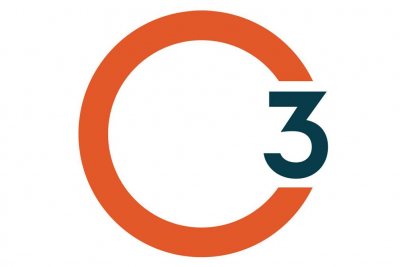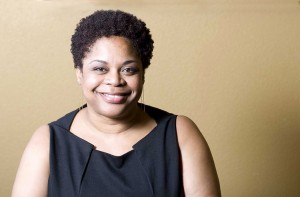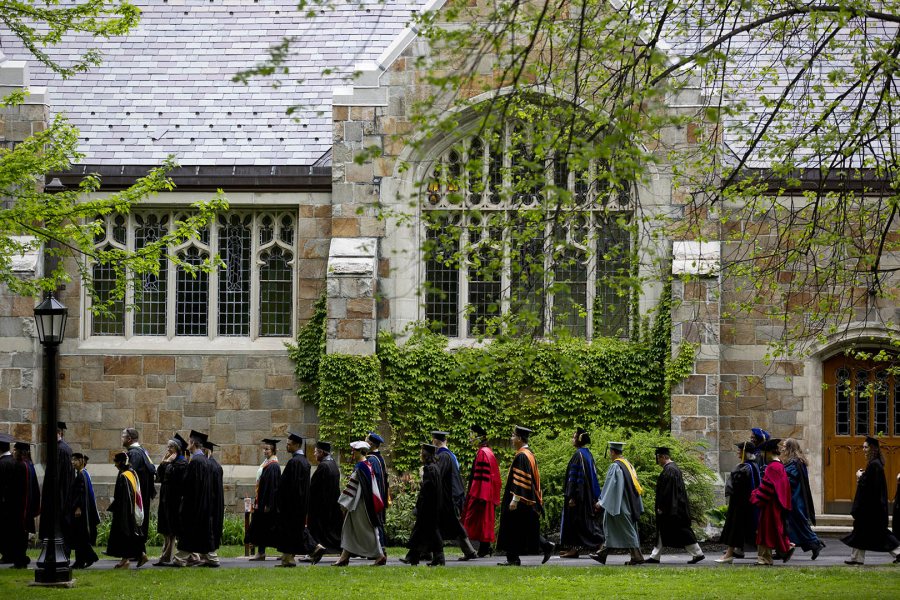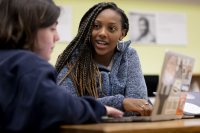
As Bates-hosted C3 summit starts, Crystal Williams speaks to the imperative to diversify faculty at U.S. colleges
When talk turns to achieving greater access to U.S. higher education, the question is often framed as how more students can get a college degree.
 This weekend at Bates, a national conference will look at a different access point and ask different questions.
This weekend at Bates, a national conference will look at a different access point and ask different questions.
Questions such as: How can higher-ed institutions help aspiring young scholars from underrepresented groups gain access to the professoriate at U.S. colleges like Bates?
And, in the context of student learning, why is this goal central to the mission of Bates and similar colleges?
The gathering is the Creating Connections Consortium (C3) Summit, and Bates is hosting the event as a lead member of C3, whose other members are Connecticut, Middlebury, and Williams colleges and Columbia University and the University of California, Berkeley.
The three-day program will draw some 200 U.S. undergraduates, graduate students, postdoctoral fellows, faculty, and senior college administrators to tackle the theme “Practicing Communities: The Transformative Power of Race in the Academy.”
To Bates, they’ll bring their collective best efforts to address race and the pursuit of graduate school; at the same time, the summit will create real-time mentoring and networking opportunities for the younger participants.
Crystal Williams, the chair of this year’s C3 Summit Planning Committee, is an associate vice president and chief diversity officer at Bates, as well as a professor of English and noted poet.
Since her arrival in 2013, Williams and her staff in the Office of Intercultural Education have deployed new programs to support diversity and inclusion at Bates, many of which are student-facing.
And if those programs support the student experience, it seems appropriate on the eve of the C3 Summit to talk with Williams about how a more diverse faculty helps to advance student learning.
To support that goal at Bates, the college received a $1 million grant from the Andrew W. Mellon Foundation, and received another Mellon grant of $400,000 in the college’s capacity as a lead C3 college.

Crystal Williams, associate vice president and chief diversity officer at Bates, chairs the C3 Summit Planning Committee. (Leah Nash)
Q. Twenty-two percent of Bates students are U.S. underrepresented minorities. On the Bates faculty, 15.4 percent of 209 professors are underrepresented minorities. Is what C3 might do for Bates (and other institutions) a numbers question — making the number of faculty of color at least comparable to student representation? Or is that too simplistic?
A: That 1:1 argument is both far too simplistic and it is dangerous. It very quickly leads us to a question of quotas. And quotas are absolutely not what we’re focused on, what we aspire to achieve, or what aligns to the historic mission of the institution.
The importance of racial, cultural, and social diversity within any group of people, and especially any institution of higher education, has to do with the very definition of excellence.
At a college like Bates, the intellectual endeavor is enriched when many different kinds of people are engaged in the production and investigation of knowledge. That’s the first point.
“The true power of difference is that we learn we can and should learn from everyone.”
It is also true that faculty and staff are role models — for every student. And, as it is important for students from underrepresented groups to have regular and substantive interaction with people who share similar backgrounds and experiences, it is also important that they have regular and substantive interaction with people who do not share those backgrounds and experiences.
This is also true for white students, first-generation-to-college students, LGBTQ+ identified students — all students. The true power of difference is that we learn we can and should learn from everyone.
So, though the 1:1 equation is easy to make, it points us to an incomplete and overly simple view of why diversity is important — and to whom it is important. The mission and history of this institution, in particular, suggest that we should be at the vanguard of this particular effort.
Q: You have said, in outlining the goals of C3, that when professors and students answer questions together, those questions and answers are “inextricably linked to our cultural, social, gendered, racialized selves…. The more diverse the people are who ask those questions, the more complete, exciting and dynamic the resulting knowledge is.”
This statement emphasizes the role of a professor’s self-identity in the classroom. Has that changed in the last generation, how a professor’s “self” supports learning and teaching?
A: Yes. In many ways we are still working towards the acknowledgement of the whole person as professor.
There are disciplines that actively train scholars to attempt to divorce their personal selves/histories/cultures from their intellectual selves, which has always seemed counterintuitive to me — and impossible, in many ways.
Increasingly, however, institutions are thinking about the whole student, the whole person, and the contingencies related to whole personhood must also be reflected in how we think about, serve, and support our faculty.
For instance, we have begun to think and act collectively in support of faculty with families, which is a whole-person concern. So while we have many improvements to make in this regard, that the question arises — having to do with faculty availability during certain hours or days in relation to their larger selves — is important.
In this effort, we have a long way to go.
Q: A Bates professor recently talked about her path to the professoriate. In high school, she was told she was not college material. She graduated in the bottom three of her high school class (not the bottom third, bottom three!).
This kind of diversity (socio-economic / first generation) is included in the C3 mission. Do you see something distinctive about what a professor who occupies this definition of diversity — a person who was never on the “track” to college, let alone to graduate school and the professoriate — can give to students?
“When people understand that there are no identity-based strictures for what they or other people can accomplish, they become strong advocates for a kind of fundamental and automatic inclusion.”
A: Yes. Absolutely. As I said before, it is important that students — and all students, first-generation-to-college students as well as students who come from multiple generations of college graduates — understand that people who are in the professoriate come from many types of backgrounds. That is the normative frame that we would be wise to use because it is this frame that opens all students to the idea of possibility — both for themselves and for others.
When people understand that there are no identity-based strictures for what they or other people can accomplish, they become strong advocates for a kind of fundamental and automatic inclusion.

Students should “understand that people who are in the professoriate come from many types of backgrounds,” Williams says. (Phyllis Graber Jensen/Bates College)
Beyond Bates, they don’t hesitate, as managers, to hire people who look or speak very differently than they. As teachers, they don’t hesitate to require the best from each of their students. In boardrooms, they advocate the kind of rigorous inquiry that requires diversity of thought and experience.
In short, their belief that our differences are a source of mutual power has an incredible impact on their lives and on our collective.
So, yes, it is important that she is among us — and willing to share her experience. In addition to her work in the classroom around whatever disciplinary questions she’s training students to ask, she is also doing a different, deeply important type of teaching that has the ability to transform any host of endeavors her students undertake.
Q. You have defined student success as not when “everybody feels good all of the time. And I’m not particularly interested in trying to make a community in which everybody says the right thing all of the time, or in which everybody has the ‘right’ answer.” Instead, you said, ‘success’ is when everyone feels respected, included, valued, and empowered enough in this “common endeavor” to “speak up and help create change” when needed.
How does having a more diverse faculty specifically help to create this kind of Bates community?
A. When there exists diversity of experience and thought, so too exists differences of opinion.
“A diverse faculty helps the institution continue to push forward, ask difficult questions, and not rest on its laurels.”
Engaging in productive dialog and action with people of differing opinions towards a common endeavor provides a very important model for students. And, in the world we live in, we need more models of civil discourse, productive disagreement, and collective action.
But also, a diverse faculty helps the institution continue to push forward, ask difficult questions, and not rest on its laurels. Again, diversity of thought and experience is a catalyst for creating, nurturing, and sustaining a community of people who must work together towards, if nothing else, the educational goals we’ve set for ourselves.




